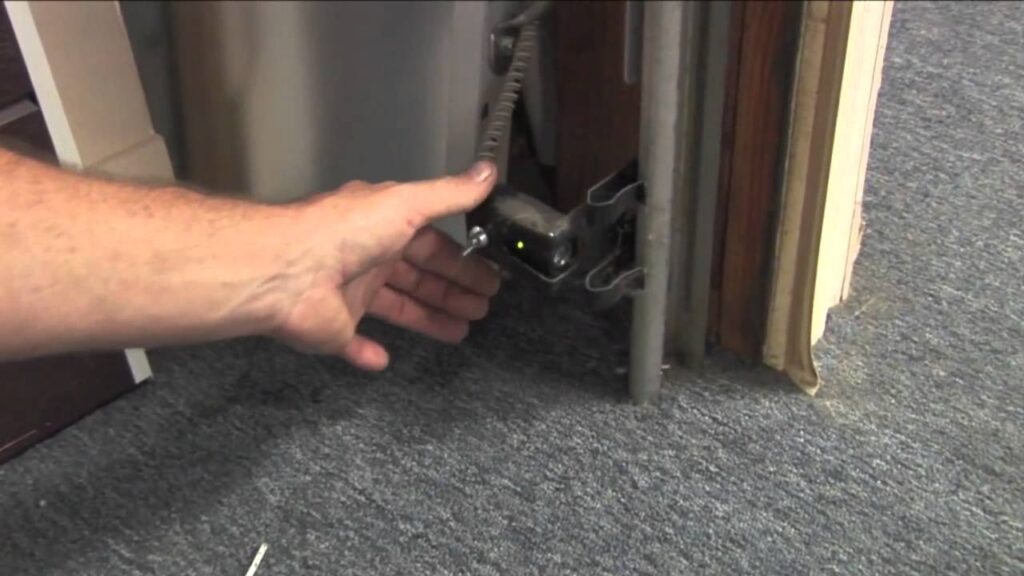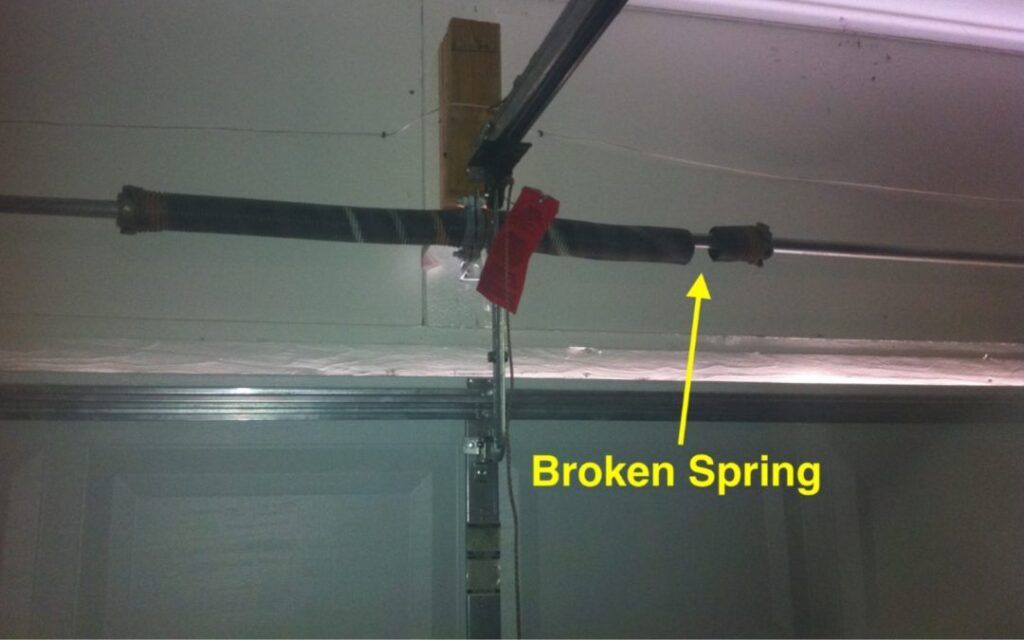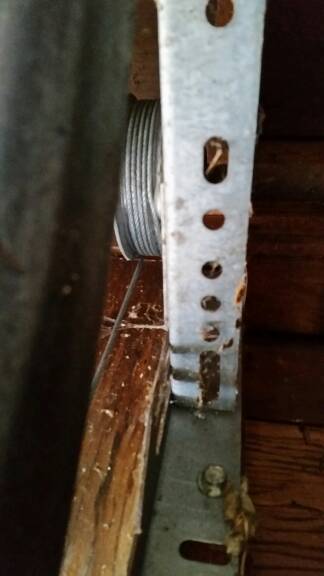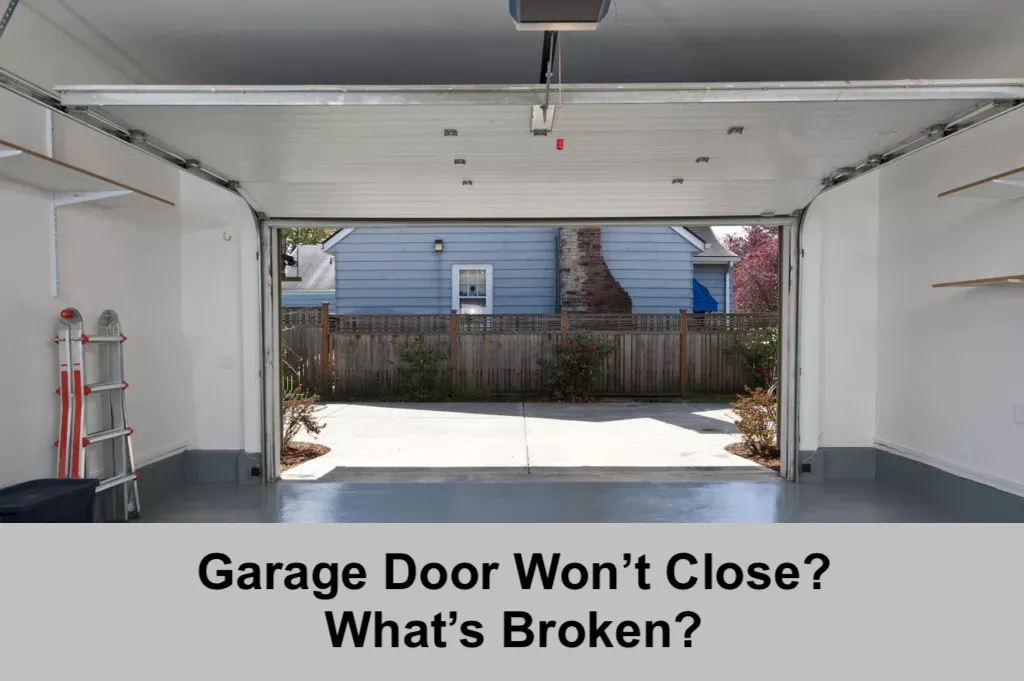A malfunctioning garage door can throw a wrench into your daily routine, posing not only an inconvenience but also a security risk for your home or business. If your garage door won’t close, it’s more than just a minor annoyance—it’s a problem that demands immediate attention. While some issues are straightforward and easily fixed, others are hidden and often overlooked, leaving homeowners scratching their heads in frustration.
Understanding the root cause of why your garage door won’t close is crucial for a timely and effective solution. In many cases, a hidden problem could be the key to resolving the issue swiftly. This comprehensive guide will delve into both common and obscure reasons behind a stubborn garage door and provide actionable steps to get it back on track.
Common Reasons Why Your Garage Door Won’t Close
Before diving into the hidden problems, it’s essential to rule out the usual suspects. Identifying these common issues can save you time and potentially spare you from unnecessary repair costs.

Obstructed Safety Sensors
Modern garage doors are equipped with photo-eye safety sensors located on either side of the door, near the floor. These sensors emit an invisible beam that detects any object or person in the door’s path.
- Dust and Debris: Over time, dirt, dust, or spider webs can accumulate on the sensors, obstructing the beam.
- Physical Obstructions: Items like toys, tools, or garden equipment might inadvertently block the sensors.
Solution: Clean the sensor lenses with a soft cloth and ensure there’s nothing obstructing the beam between them.
Misaligned Photo-Eye Sensors
Even if the sensors are clean, misalignment can cause the door to malfunction. The sensors must face each other precisely to work correctly.
- Accidental Knocks: Sensors can be bumped out of alignment by cars, pets, or children.
- Loose Mounting Brackets: Over time, the brackets holding the sensors can loosen, causing misalignment.
Solution: Adjust the sensors so they face each other directly. Tighten any loose screws on the mounting brackets.
Damaged or Dirty Garage Door Tracks
The tracks guide the garage door as it opens and closes. Any obstruction or damage can hinder smooth operation.
- Debris Build-Up: Leaves, dirt, or small objects can accumulate in the tracks.
- Physical Damage: Dents, bends, or warping can occur due to accidents or wear and tear.
Solution: Inspect the tracks for debris and clean them thoroughly. If you notice any physical damage, you may need to call a professional for repair or replacement.
Broken Springs or Cables
Springs and cables bear the heavy weight of the garage door. When they fail, the door may not close properly or at all.
- Wear and Tear: Springs and cables have a limited lifespan and can break after prolonged use.
- Rust and Corrosion: Exposure to moisture can weaken these components over time.
Warning: Do not attempt to fix broken springs or cables yourself. These components are under high tension and can cause serious injury.

Remote Control Malfunctions
Sometimes, the issue isn’t with the door but with the device controlling it.
- Dead Batteries: Simple but often overlooked, dead batteries can render your remote useless.
- Signal Interference: Other electronic devices or nearby radio towers can interfere with the remote’s signal.
- Reprogramming Needed: The remote may need to be reset or reprogrammed to communicate with the opener.
Solution: Replace the batteries first. If that doesn’t work, consult your garage door opener’s manual for reprogramming instructions.
The Hidden Problem: Faulty Limit Settings
After ruling out the common issues, if your garage door still won’t close, you might be facing a hidden problem—faulty limit settings.
Understanding Limit Settings
Limit settings dictate how far your garage door travels when opening or closing. These settings ensure the door stops at the correct point, preventing it from crushing objects or causing damage.
- Up Limit Switch: Controls how far the door opens.
- Down Limit Switch: Controls how far the door closes.
How Incorrect Limit Settings Affect Garage Door Closure
If the down limit is set incorrectly, the garage door opener might think the door has hit the floor when it hasn’t, causing it to stop prematurely or reverse.
- Premature Stopping: The door stops short of the floor, leaving a gap.
- Auto-Reverse Feature: The door closes fully but then reverses back open, believing it has encountered an obstacle.
Causes of Faulty Limit Settings
- Power Outages: Sudden loss of power can reset the opener’s settings.
- Age and Wear: Older garage door openers may lose their calibration over time.
- Manual Adjustments: Previous adjustments may have set the limits incorrectly.
Adjusting the Limit Settings
Correcting the limit settings can resolve the issue.
Tools Needed
- Flathead screwdriver
- Owner’s manual for your garage door opener
Step-by-Step Guide
- Locate the Limit Adjustment Screws: These are usually found on the side or back panel of the garage door opener. They are often labeled “Up” and “Down” or “Open” and “Close.”
- Consult the Manual: Refer to your owner’s manual for specific instructions related to your model.
- Adjust the Down Limit Screw:
- To Close the Door Further: Turn the down limit screw clockwise in small increments.
- To Prevent the Door from Closing Too Far: Turn the screw counterclockwise.
- Test the Door:
- Use the remote or wall switch to close the door.
- Observe the door’s movement and note any changes.
- Repeat adjustments as necessary until the door closes properly.
Safety Tip: Make small adjustments and test each time to avoid overcorrecting.
Other Overlooked Issues
Beyond limit settings, several other less obvious factors can cause your garage door not to close.
Interference from LED or CFL Lights
Certain light bulbs can emit frequencies that interfere with the garage door opener’s remote signal.
- Symptoms: The door doesn’t respond to the remote when the lights are on.
- Solution: Replace bulbs with garage-door-friendly versions, such as those specifically designed to minimize interference.
Door Balance Issues
An unbalanced garage door can strain the opener and prevent smooth operation.
Signs of an Unbalanced Door
- Uneven Movement: One side of the door moves faster than the other.
- Door Slams Shut: The door closes too quickly, indicating spring tension issues.
- Difficulty Manually Operating: The door is hard to lift or doesn’t stay open.
How to Test Door Balance
- Disconnect the Opener: Pull the emergency release cord to switch to manual mode.
- Lift the Door Halfway: Manually lift the door to waist height and release it.
- Observe the Door’s Movement:
- Balanced Door: Stays in place.
- Unbalanced Door: Falls or rises on its own.
Solution: If the door is unbalanced, contact a professional technician to adjust the spring tension.
Weather Effects
Extreme temperatures and weather conditions can affect garage door components.
- Cold Weather: Metal parts contract, lubricants thicken, and the door may stick.
- Hot Weather: Metal expands, and wooden doors can warp or swell.
- Moisture: Rain and humidity can cause rust or affect electrical components.
Preventive Measures:
- Regular Maintenance: Lubricate moving parts with weather-appropriate lubricants.
- Weatherstripping: Install or replace weatherstripping to protect against moisture.
- Inspection: Regularly check for rust or damage, especially after extreme weather events.
Faulty Wall Switch or Wiring
Electrical issues can prevent the door from closing.
- Loose Connections: Wires may have come loose over time.
- Short Circuits: Damaged wiring can cause malfunctions.
- Faulty Switch: The wall-mounted control could be defective.
Solution: Check the wiring connections if you’re comfortable doing so. Otherwise, hire a professional electrician or garage door technician.
DIY Troubleshooting Steps
Before reaching out to a professional, you can perform several troubleshooting steps to diagnose and potentially fix the problem.

Safety Precautions
- Disconnect Power: Always unplug the garage door opener before performing any maintenance.
- Protective Gear: Wear safety glasses and gloves.
- Avoid High-Tension Components: Do not attempt to adjust springs or cables.
Comprehensive Step-by-Step Guide
- Inspect and Clean Sensors:
- Wipe the lenses with a soft, dry cloth.
- Ensure the sensors are aligned and the indicator lights are on.
- Check for Physical Obstructions:
- Remove any items near the door’s path.
- Ensure the tracks are clear of debris.
- Test the Remote and Wall Switch:
- Replace remote batteries.
- Try using the wall switch to rule out remote issues.
- Inspect the Tracks and Rollers:
- Look for signs of damage or wear.
- Tighten any loose bolts or screws.
- Lubricate Moving Parts:
- Use a silicone-based lubricant on rollers, hinges, and tracks.
- Avoid over-lubrication, which can attract dust.
- Reset the Opener:
- Unplug the opener, wait 30 seconds, and plug it back in.
- This can reset the system and resolve minor glitches.
- Adjust Limit Settings:
- Follow the earlier guide to fine-tune the up and down limits.
- Test the Door Balance:
- Perform the manual balance test to identify tension issues.
When to Call a Professional
While DIY steps can resolve minor issues, certain problems require expert intervention.
Signs You Need Professional Help
- Broken Springs or Cables: High-tension components are dangerous to handle.
- Persistent Electrical Issues: Faulty wiring or opener malfunctions.
- Structural Damage: Warped or damaged panels and tracks.
- Unresolved Problems: After troubleshooting, the door still won’t close.
Benefits of Hiring a Professional:
- Safety: Professionals have the training and equipment to handle dangerous repairs.
- Expertise: They can quickly diagnose and fix complex issues.
- Warranty Protection: Professional repairs often come with service guarantees.
The Importance of Regular Maintenance
Preventive maintenance can save you from unexpected garage door malfunctions and extend the lifespan of your system.
Maintenance Checklist
- Monthly Visual Inspection:
- Check springs, cables, rollers, and pulleys for signs of wear.
- Lubrication:
- Lubricate moving parts every six months.
- Balance Test:
- Perform a door balance test every few months.
- Safety Reverse Test:
- Place an object in the door’s path and attempt to close it. The door should reverse upon contact.
- Professional Tune-Up:
- Schedule annual inspections with a garage door professional.
Benefits of Regular Maintenance
- Enhanced Safety: Reduces the risk of accidents and injuries.
- Cost Savings: Prevents minor issues from becoming costly repairs.
- Optimal Performance: Ensures smooth and efficient operation.
Frequently Asked Questions
1. Why does my garage door close partially and then reverse back open?
This behavior is typically due to misaligned or obstructed safety sensors. The sensors detect an obstacle and trigger the door to reverse to prevent damage or injury. It could also be caused by incorrect limit settings that need adjustment.
2. Can weather changes really affect my garage door’s performance?
Yes, extreme temperatures and humidity can impact the materials and components of your garage door. Metal parts can expand or contract, and wooden doors can warp, all of which can affect the door’s operation.
3. How often should I replace my garage door opener’s remote batteries?
It’s a good practice to replace the batteries annually or as soon as you notice a decrease in range or responsiveness. Always keep spare batteries on hand for convenience.
4. Is it safe to lubricate my garage door parts myself?
Yes, lubricating moving parts is a simple maintenance task you can perform yourself. Use a silicone-based lubricant for rollers, hinges, and tracks. Avoid lubricating plastic parts or the track’s interior, which can cause the door to slip.
5. What should I do if my garage door opener makes a grinding noise?
A grinding noise can indicate worn gears or hardware issues within the opener. It’s advisable to stop using the door and contact a professional technician to prevent further damage.
Conclusion
A garage door that won’t close is more than just an inconvenience—it’s a potential safety and security hazard. While common issues like obstructed sensors or remote control problems are relatively easy to fix, hidden problems like faulty limit settings can be trickier to diagnose. By understanding both the obvious and obscure reasons behind a malfunctioning garage door, you can take appropriate action, whether that’s a simple DIY fix or calling in the professionals.
Remember, regular maintenance is your first line of defense against garage door issues. Keeping your garage door in optimal condition not only ensures smooth operation but also extends its lifespan, providing peace of mind for you and your family.
End Note
Primos Garage Doors offers top-quality, affordable garage door services to enhance your property’s safety and appearance. Upholding the highest standards of integrity and efficiency, we ensure superior customer satisfaction in every service we provide. Focusing on both residential and commercial sectors, we strive to strengthen community bonds and deliver reliable, high-quality services tailored to meet specific needs.
Learn more about our commitment to excellence on our About Us page. If you’re in the Broomfield, CO area, we offer prompt and professional assistance to address all your garage door concerns.
In need of urgent repairs? Our Emergency Garage Door Repair services are designed to provide swift solutions. Browse our Photo Gallery to see our work and read Our Reviews to hear from satisfied customers.
Whether you’re interested in enhancing your home with our Residential Garage Doors or upgrading your business with our Commercial Garage Doors, we have solutions tailored for you. Stay informed with tips and updates on our Blog.
Don’t hesitate to Contact Us for all your garage door needs. We’re here to provide reliable, high-quality services that meet your specific requirements.


